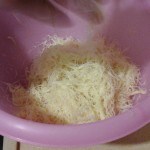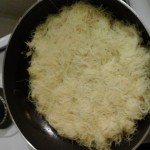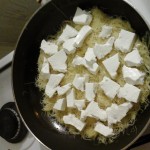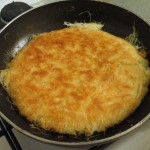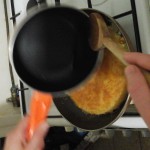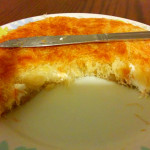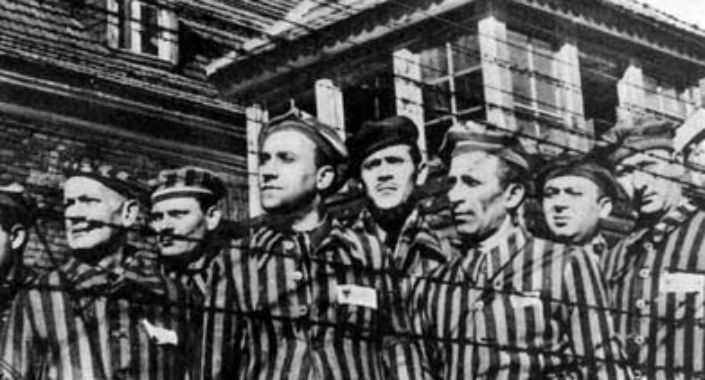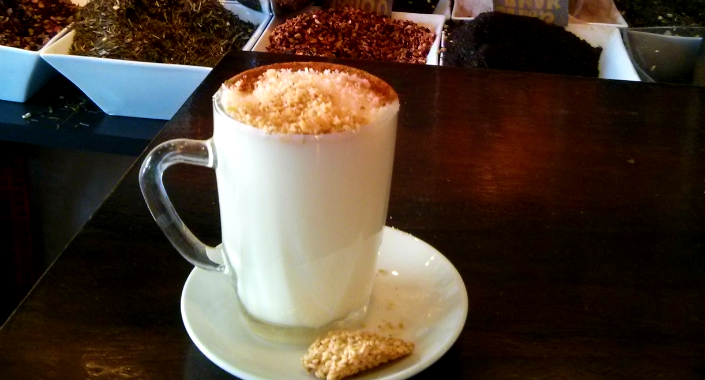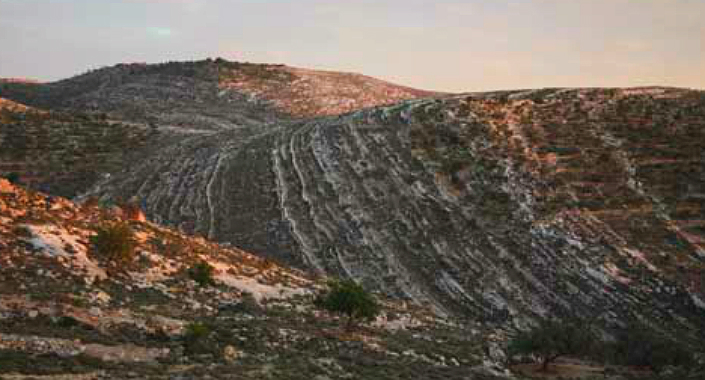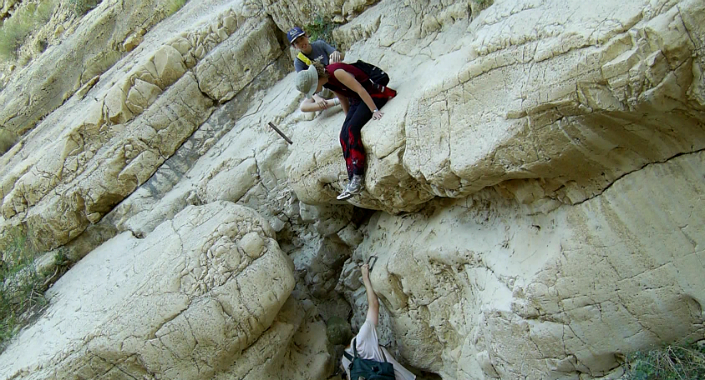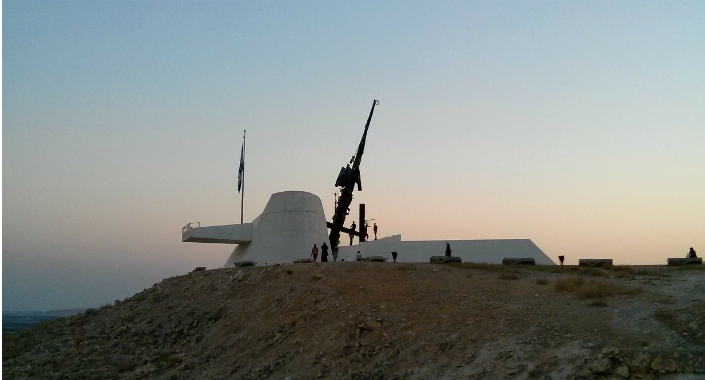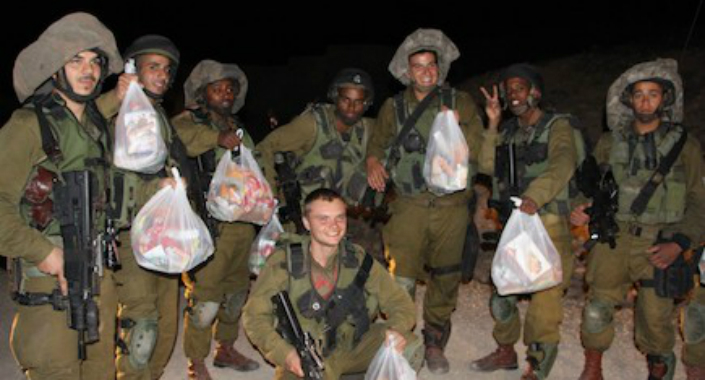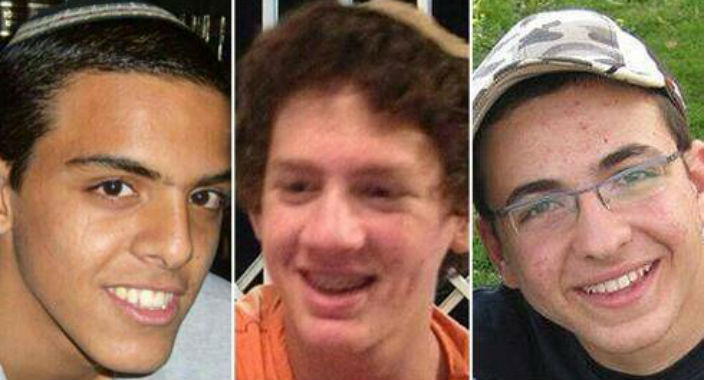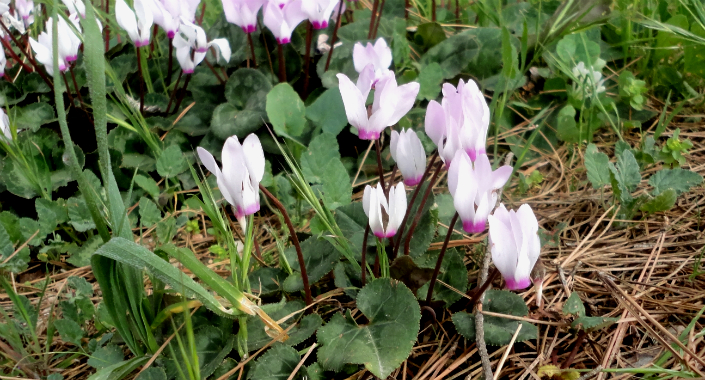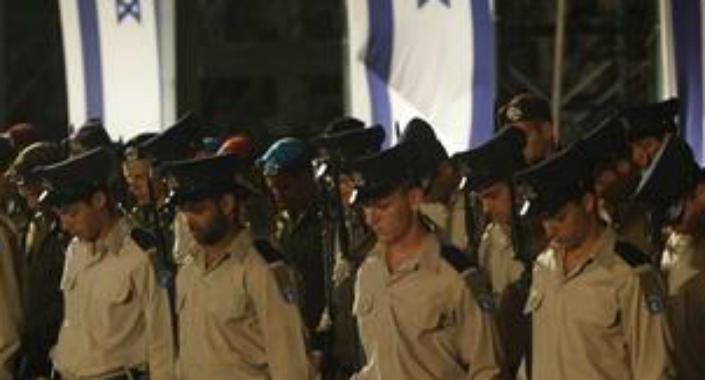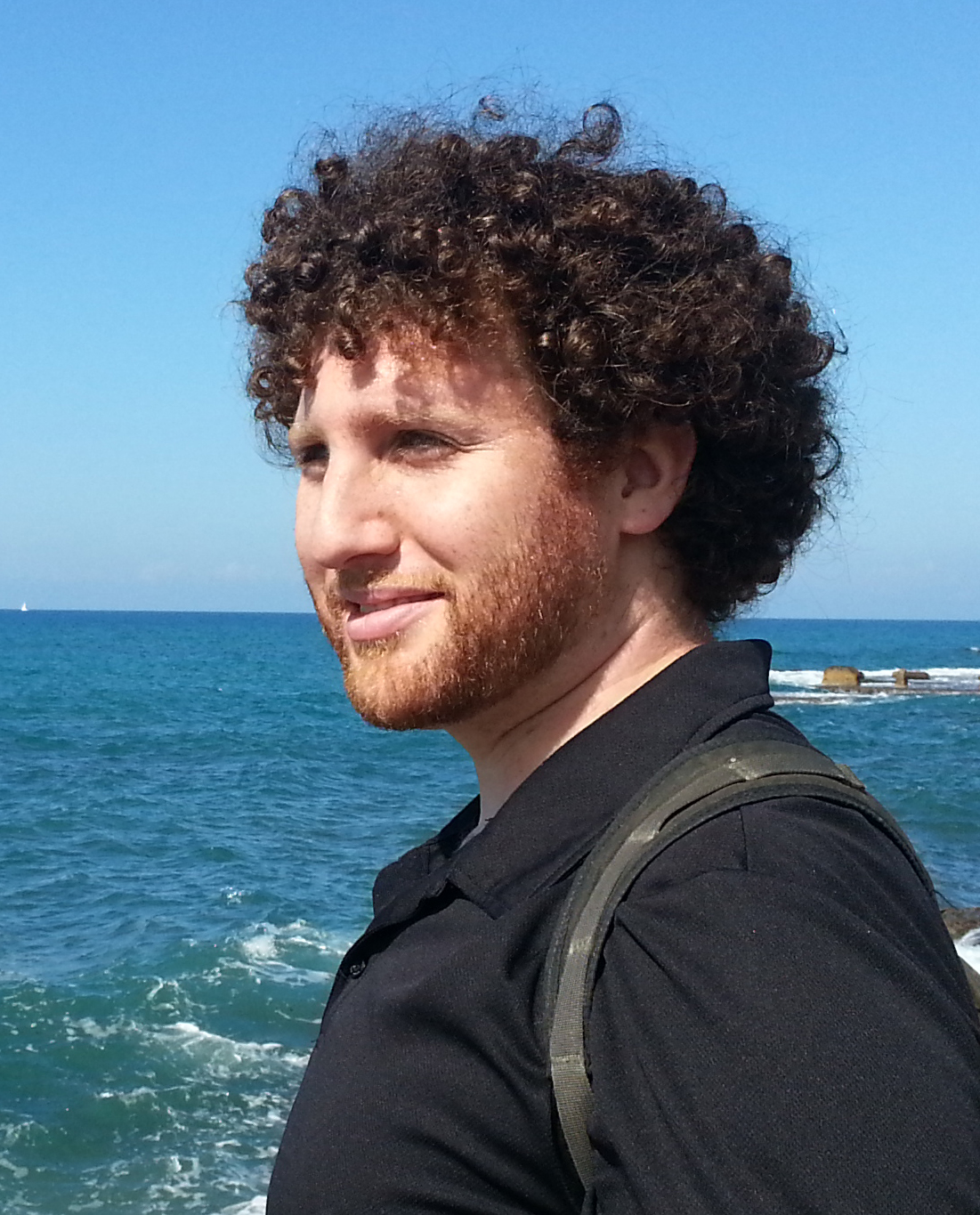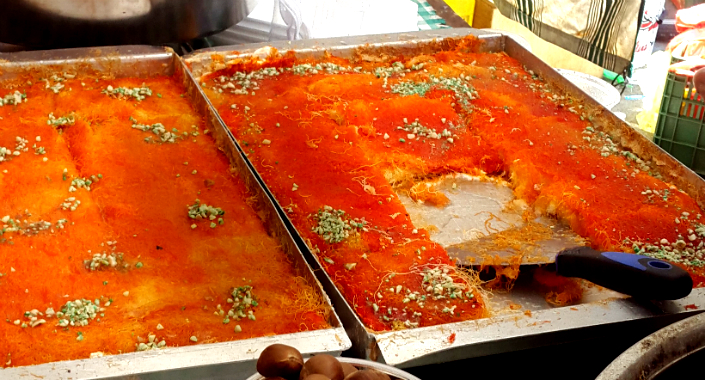
The search for the perfect Knafeh
Posted by CamelYoni_123 | Food, Markets, oriental food, recipes, traditional food, Uncategorized | One CommentMany years ago I heard a song about HaKnafeh Hametuka– the sweet Knafeh. This piqued my interest. If it was so good that songs were written about it then I had to have some!
After a while of asking at stores and coffee shops, I found out that it was a sweet pastry with cheese and that I was most likely to find it in the Arab shuk (market).
Sure enough it was there- a brilliant orange coloured pastry made of a bed what looked like shredded filo dough covered with goat cheese and then sandwiched with another layer of the brilliant orange pastry.
I noticed that when the merchants sold servings of the Knafeh they would pour a warm syrup over it.
Similar to the Sachlav which I wrote about earlier, Knafeh is a popular traditional dessert in all parts of the Arab world which were once part of the Ottoman empire; Jordan, Syria, Turkey as well as a host of other countries including Israel.
There are many variations. For instance the colour can vary- in Jerusalem it is usually coloured bright orange. The major differences have to do with the type of pastry or the type of cheese filling. In some places the filling is a mixture semolina and milk rather than goat cheese.
During the summer, Knafeh is hard to come by, it is traditionally made during the winter.
Where can you find it? It can be found in the ‘shuk’ -markets in Jerusalem, in the city of Abu Gosh, and at various markets in Tel Aviv and Jaffa. As of yet, the best that I found was sold by a Bedouin who runs a stand (which isn’t always open) in the mall at the Alonim intersection (highway 77 and 75).
Some other interesting facts:
The largest plate of Knafeh was made in 2009 in Nablus. Its dimensions were 75 by 2 meters, and it weighed 1,350 Kg.
In 2013 Google reported that Knafeh was the food that was searched for most by Muslims during the month of Ramadan.
Here is a recipe for those of you who want to try it at home.
Ingredients
200 g kadaif noodles
75-100 g melted butter/ margarine
130 g soft goat cheese
1 c water
1 c sugar
2 tsp rose water
Directions
First you need to make a rose water syrup. Boil the water, add in the sugar and make sure it
all dissolves. Remove the mixture from the heat let it cool a bit and add in the rose water. Set the syrup aside for later use.
Start by separating the kadaif noodles from each other and coating them with the melted butter/ margarine. each of the strands has to be lightly coated with the butter. Separate the noodles into two even sections (100g each).
Take one of the portions of the noodles and spread it out on a frying pan. It should make a layer no thicker than half a cm and not to thin either.
As the layer of noodles is cooking spread the cheese over it and then over the cheese layer the second batch of noodles. when the bottom layer of noodles caramelizes (turns golden) flip it over and let the other side caramelize.
Just before you turn off the heat pour half of the syrup over the Knafeh . Serve it Immediately while it’s still hot.
Naturally it is best served alongside Turkish coffee.
Enjoy
- Covering the kadeif noodles with butter
- Layer half of the noodles on a frying pan and caramelize
- Put a Layer of goat cheese over the first layer of noodles
- Flip the Knafeh and allow the other side to caramalize
- pouring syrup over the cooked Knafeh
- Dig in to your home made knafeh

